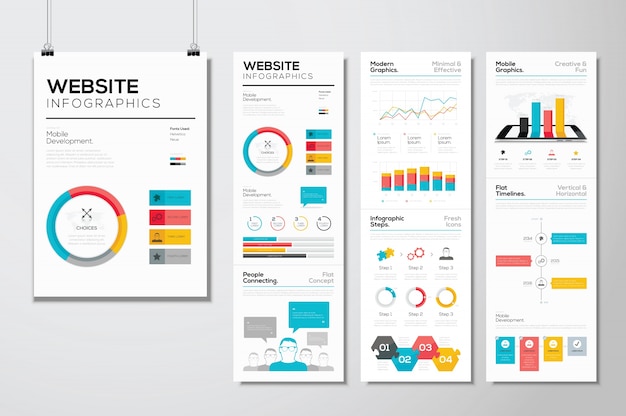Keen To Uncover Exactly How Web Site Style Has Changed In Time? Dive Into The Advancement From Simplicity To User-Focused Experiences
Keen To Uncover Exactly How Web Site Style Has Changed In Time? Dive Into The Advancement From Simplicity To User-Focused Experiences
Blog Article
Author-Kahn Lunde
In the past, internet sites were straightforward and focused on info. https://www.forbes.com/sites/forbesagencycouncil/2022/06/28/3-critical-questions-to-ask-when-considering-a-digital-experience-platform/ was direct, and layout was for desktops. Now, individual experience is vital. Data guides layouts for easy navigation. Receptive formats match different devices. Today, dark mode decreases pressure, and minimalist food selections enhance navigation. Interactive features engage customers, and vibrant visuals stick out. AI combination enhances engagement. See just how style has progressed to enhance your on-line journey.
Early Days of Website Design
In the early days of website design, simpleness reigned supreme. Sites were basic, with limited shades, font styles, and formats. The focus got on providing info as opposed to showy visuals. Individuals accessed the web with slow dial-up links, so speed and capability were key.
Navigation menus were straightforward, typically situated at the top or side of the web page. Websites were developed for home computer, as mobile surfing wasn't yet widespread. Material was king, and developers prioritized simple readability over complex layout components.
HTML was the main coding language made use of, and developers needed to function within its restraints. Computer animations and interactive attributes were marginal compared to today's requirements. Sites were fixed, with little dynamic web content or individualized customer experiences.
Rise of User-Focused Design
With the evolution of website style, a shift in the direction of user-focused layout principles has actually ended up being progressively popular. Today, developing internet sites that prioritize individual experience is essential for engaging site visitors and attaining company goals. User-focused design involves recognizing the requirements, choices, and actions of your target audience to tailor the internet site's format, web content, and features as necessary.
Designers currently carry out comprehensive study, such as individual surveys and usability testing, to collect understandings and feedback directly from individuals. This data-driven strategy helps in creating intuitive navigation, clear calls-to-action, and visually appealing interfaces that resonate with visitors. By positioning the individual at the center of the layout process, sites can provide an extra individualized and satisfying experience.
Receptive style has actually additionally become a vital element of user-focused design, making certain that sites are maximized for different gadgets and display sizes. This flexibility enhances access and use, dealing with the varied means users connect with web sites today. Essentially, the surge of user-focused style symbolizes a change in the direction of creating electronic experiences that prioritize the demands and expectations of the end individual.
Modern Trends in Website Design
Explore the latest trends shaping web design today. One prominent trend is dark mode style, supplying a streamlined and contemporary appearance while decreasing eye stress in low-light settings. One more crucial fad is minimal navigating, streamlining food selections and improving individual experience by focusing on essential elements. Integrating micro-interactions, such as computer animated buttons or scrolling impacts, can create a much more appealing and interactive web site. Receptive layout remains critical, guaranteeing seamless individual experiences throughout various devices. In addition, utilizing bold typography and asymmetrical layouts can add aesthetic rate of interest and accentuate certain material.
Incorporating AI technology, like chatbots for customer assistance or customized referrals, boosts customer involvement and enhances processes. Accessibility has also become a significant trend, with developers prioritizing inclusive layout methods to accommodate diverse individual needs. Embracing sustainability by enhancing site performance for speed and performance is an additional arising fad in web design. Teaming up with customer responses and data analytics to repeat and improve design constantly is necessary for remaining pertinent in the ever-evolving digital landscape. By embracing these contemporary trends, you can develop an aesthetically attractive, user-friendly web site that reverberates with your target market.
Final thought
As you reflect on the development of web site design from the early days to now, you can see exactly how user-focused style has actually come to be the driving pressure behind modern fads.
Welcome the journey of change and adjustment in web design, always maintaining the individual experience at the center.
Keep current with the most recent patterns and modern technologies, and never ever quit evolving your method to create visually magnificent and straightforward websites.
Develop, adapt, and develop - the future of website design remains in your hands.
